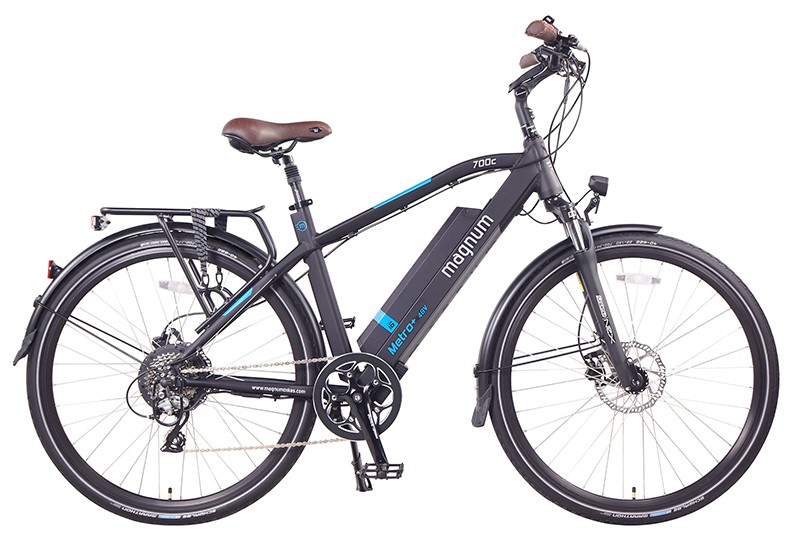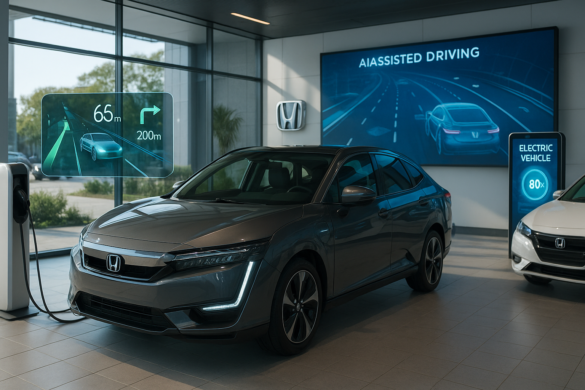E-bikes or electronic bicycles are the newest transportation innovation on the market.
E-b E-Bikes were believed to first be patented in the US during the 1890s. Several patents later, e-bikes gained increasing popularity during the 1990s, with Vector Services Limited offering the Zike in 1992.
E-Bikes were believed to first be patented in the US during the 1890s. Several patents later, e-bikes gained increasing popularity during the 1990s, with Vector Services Limited offering the Zike in 1992.
In today’s era of climate change and environmentally- conscious decision-making, individuals are increasingly looking for alternative forms of transportation.
The rising costs of gas and expensive car repairs are only increasing the desire for change.
In addition, as increasing numbers of people flock to the world’s major cities, it has become apparent that the daily commute is becoming more difficult. Endless traffic jams and the impossibility of finding parking spots is now a serious problem in Toronto, Vancouver, New York City, and Beijing.
E-bikes are the perfect solution to society’s increasing transportation woes. They can easily be found in various local and online retailers, in a price range suitable for one’s individual budget.
Benefits of E-Bikes
The benefits of e-bikes are endless. They can be broken down into various subcategories, such as geopolitical/environmental, financial, and health benefits.
- Geopolitical and Environmental – E-bikes do not use petroleum, which allows individuals to reply less on oil companies. They are a more environmentally conscious choice, as they do not release harmful car emissions. This makes them an energy-efficient choice and reduces our carbon footprint.
- Financial – Riding an e-bikes instead of commuting by car will save a great deal of money on gas, repairs, and parking costs.
- Healthwise – Individuals can ride a lot further and for longer than on a regular bicycle without fatigue. Hills are no longer impossible, with the help of a motor. Older generations can ride without overstraining themselves and keep fit. E-bikes help strengthen muscles and help individuals meet daily suggested exercise goals.
Types of E-Bikes
E-bikes come in 3 main classes and whichever one an individual chooses depends entirely on their needs.
- Class 1 E-Bike – This is the slowest e-bike, only reaching 20 mph and has no throttle. It is pedal assist only, which means that one must start pedaling to start the drive system.
The advantage is that it can be ridden anywhere one can ride a regular bike because of its low speed. This includes on the road, and bike lanes and paths.
- Class 2 E-Bike – Similarly to the Class 1 E-bike, it also only reaches 20 mph, however, it comes equipped with a throttle. This allows the bike to drive without one having to pedal.
It can also be ridden anywhere like a regular bike.
- Class 3 E-Bike – The fastest class of e-bike and can reach speeds of 28 mph. Many models have both pedal assist and throttle options.
Due to its higher speeds, it cannot be used on certain bike paths and trails.
E-Bike Battery Types
Two main types of e-bike batteries exist, lithium-ion and lead acid.
- Lithium-Ion Batteries – Various types of lithium-ion batteries exist.
Lithium-Ion Phosphate (LiFePO4) batteries are the heaviest and most expensive. However, they are also longest lasting and safest.
Lithium Manganese Oxide (LiMn2O4) and Lithium Nickel Manganese Cobalt Oxide (LiNiMnCoO2) are considered mid range, in regard to cost, lifespan, weight, size, and safety.
RC Lithium Polymer batteries (RC LiPo) are considered the strongest, lightest, and least expensive. However, they have a shorter lifespan than other lithium-ion batteries.
Lithium-ion batteries have a variety of benefits, including their smaller size. This means a few can fit into an e-bike, allowing more riding time. The majority of them last longer than lead acid batteries.
For these reasons, they are more expensive than lead acid batteries. However, their longer lifespan makes up for their cost in the long run.
- Lead Acid Batteries – Lead acid batteries are sometimes called“sealed lead acid” or SLA batteries.
They are larger and heavier than lithium-ion batteries, meaning that they are limited in their placement on an e-bike, unlike the lithium, which can be placed anywhere. They also have a shorter lifespan.
Their advantage is that they are very cheap and can be purchased easily online and in store.
They also have a higher power output potential than lithium ion batteries. This is great for high powered e-bikes.
E-Bike Costs
Costs of e-bikes vary, and depends on various factors, such as class and battery type.
The most basic of e-bikes cost range from $400-$600 USD, while more expensive options can run upwards of $10,000 USD and up.
Mid-range e-bikes costs approximately $1,000-$2,5000 USD, with slightly higher value in the $3,000-$4,000 USD range.
A replacement lithium ion battery will cost $400-$500 USD, with lead acid ones, being significantly cheaper, at $60-$100 USD.
Additional costs to consider are chargers, which range from $70-$130 for lead acid batteries, and $150-$220 USD for lithium ion batteries.
With traffic congestion, parking, and pollution becoming increasing problems in most major cities around the world, many are turning to alternative forms of transportation. The e-bike is convenient, light, and ready for use.









